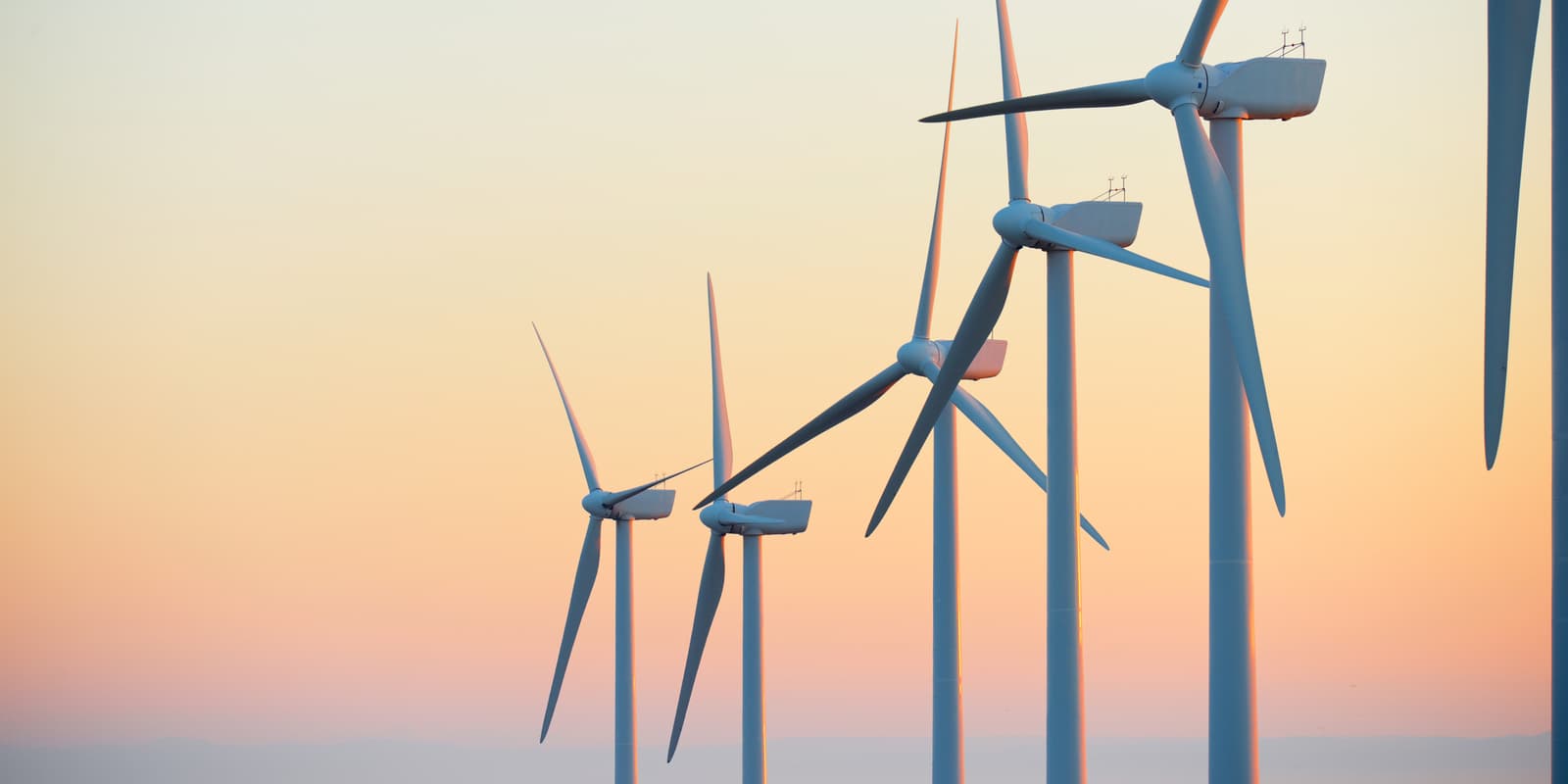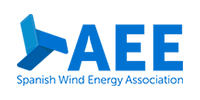Wind Energy
in Catalonia
As one of Southern Europe’s most competitive industrial regions, Catalonia is driving forward the renewable energy transition, with wind power at the forefront.

Catalonia, a growing renewable industry in the Mediterranean.
Catalonia, one of Southern Europe’s most competitive industrial regions, is taking decisive steps in renewable energy, especially in wind power. With a solid industrial base, advanced R&D ecosystem, and highly skilled workforce, the region is becoming a dynamic hub for both onshore and offshore wind technologies.
Globally, wind energy is projected to grow by 10.2% annually through 2034, to a total market value of US$260.8 billion. Floating offshore wind will lead this growth, holding an estimated global potential of 51,000 GW across 115 countries.
A growing industrial force
Catalonia’s wind energy sector is one of the most advanced aspects of its clean energy ecosystem. Around 85% of companies are SMEs, 16.5% are exporters, and 25% are foreign subsidiaries.
Furthermore, the industry spans the entire value chain, from project development and engineering to component manufacturing, maintenance, and digital services, with promoters representing 64% of total activity.
Currently, Catalonia operates 51 wind farms with 854 turbines generating 1,406 MW, equivalent to the annual electricity use of over a quarter of Catalan households.
Catalonia’s offshore wind potential
Offshore wind represents a significant opportunity for Catalonia’s energy transition, thanks to the ideal nature of the LeBa 1 zone, off the Gulf of Roses. This has been designated for floating offshore wind, given its seabed depths of 100–500 meters.
With an area of 249.9 km² and proximity to major ports and industrial hubs, LeBa 1 offers a perfect base for offshore projects across the western Mediterranean. Up to eight international consortia have expressed interest in developing the area, aligned with the PROENCAT 2050 strategy, which foresees 3.5 GW of offshore and 23.1 GW of onshore capacity by 2050, representing more than €7 billion in investment.
-

328 companies
-

€1.14B in turnover
-

3,659 employees
New business opportunities
The expansion of offshore wind will create new opportunities across multiple sectors, especially in Catalonia’s 57 ports. Ports like Tarragona are becoming key logistics and manufacturing hubs for floating platforms and turbine components, while both Palamós and Roses on the Costa Brava are well positioned for maintenance operations.
The ripple effect extends to drone inspection services, marine restoration, aquaculture, and even sustainable tourism, mirroring examples such as Denmark’s Vesterhav offshore wind sites.
An engine for competitiveness and innovation
Wind energy strengthens Catalonia’s industrial competitiveness and drives technological innovation by attracting and boosting companies working in this area. Today, leading firms such as Sener, X1 Wind, OptiGen, and EOLOS are developing cutting-edge solutions, from floating turbine platforms to advanced marine monitoring systems.
Backed by Catalonia’s strong engineering, electronics, and maritime industries, companies like these are reinforcing the regional potential to develop the next generation of wind energy production daily.
Research and talent powering the transition
Catalonia’s universities and training centers are preparing the next generation of renewable energy professionals.
Key talent indicators:
- 12,700 university students in energy, engineering, and marine sciences
- 1,900 graduates each year
- First Master’s in Offshore Wind launching in 2026
- 15,800 vocational training students in 2024
This growing talent pool ensures the sector’s future competitiveness and innovation capacity.
Supported by a long-term vision
The PROENCAT 2050 energy strategy positions wind power as Catalonia’s main source of electricity by mid-century, covering 51% of generation and 38% of primary energy consumption, ambitiously establishing that by 2030 there needs to be 5.2 GW of onshore wind and 1 GW of offshore wind, compared to the current figure of only 1.4 GW of onshore wind.
Supporting frameworks such as PLATER and PINECCAT 2030 set out the roadmap for large-scale renewable deployment, reinforcing Catalonia’s leadership in sustainable energy transition.
A Mediterranean hub for renewable growth
With its industrial expertise, innovation ecosystem, and natural advantages for both onshore and offshore development, Catalonia is standing out as a Mediterranean powerhouse in wind energy. From engineering and R&D to maritime logistics and floating technologies, the region offers a strong, future-ready environment for opportunities and collaboration in the global transition to clean energy.
The Wind Energy ecosystem in Catalonia
Get our free report on wind energy in Catalonia and its applications in the sector.







